Last time I presented you with my top 6 sources of protein. Today I’ll show you my favorite carbohydrates.

Carbohydrates are entwined with many myths, especially they are often falsely demonized as ‘fattening up’. You can read here why that is not true – and why you are welcome to eat them after 6 p.m. This article is about my favorite carbohydrate sources – and no, sweets are not one of them, because, as with all other macronutrients, there are also ‘better’ and ‘worse’ carbohydrates.
Rice – even sung about by Helge Schneider
“Baby, there is rice!” Whether parboiled or jasmine, brown, white or top grain – rice is simply great and, like everywhere else, the mix and the variety make the difference. It has a high carbohydrate content and even some protein with high biological value . Rice is diverse and goes well with every vegetable, fish or meat dish. It also contains many B vitamins and minerals such as potassium, magnesium, phosphorus, iron and copper. Rice is a natural product, is gluten-free and easy to digest . So it’s no wonder that it is an integral part of the diet for strength athletes and bodybuilders who only consume selected foods.
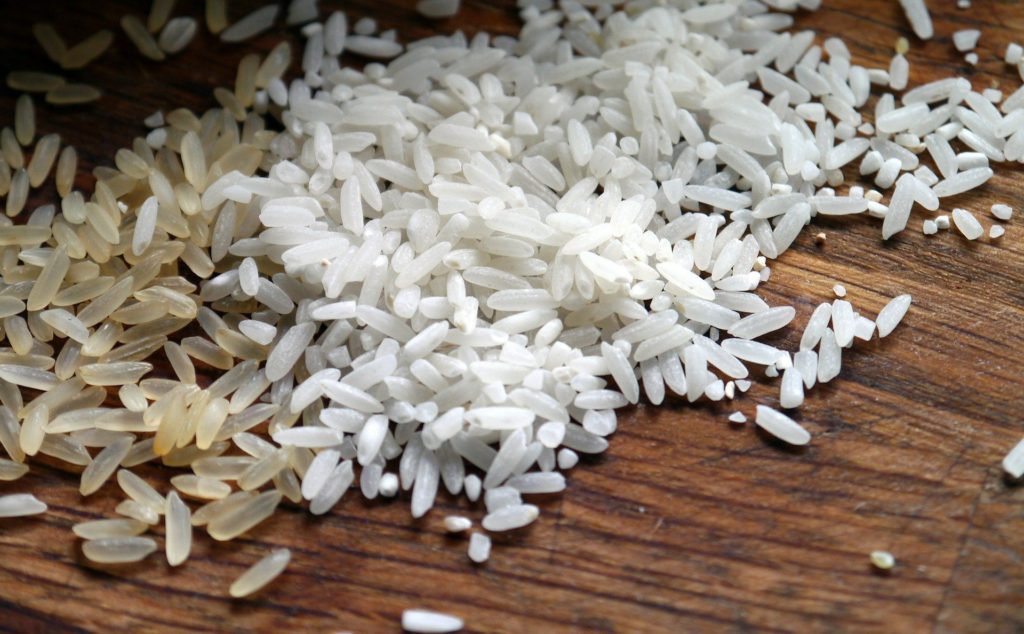
Nutritional values for 100 g white rice (raw) (The nutritional information is different depending on the variety.) Calories 352 kcal Protein 7.8 g Carbohydrates 74.1 g Fat 2.2 g
Noodles – Greetings from Bella Italia
Not only a hit with children and endurance athletes: Because of the many types available, noodles are probably the most diverse and popular source of carbohydrates on our plates. The nutritional values are similar to those of rice; accordingly, the pasta has very little fat. Noodles are made from durum wheat semolina and mostly with eggs.
Long decried as fattening food, I would like to put this into perspective and classify it as a good source of carbohydrates . If you’ve been following my blog articles for a long time, you already know that it always depends on how much, how often and what you eat. Nothing makes you fat or slim per se. So if you need energy for your training, you can and should go for noodles.
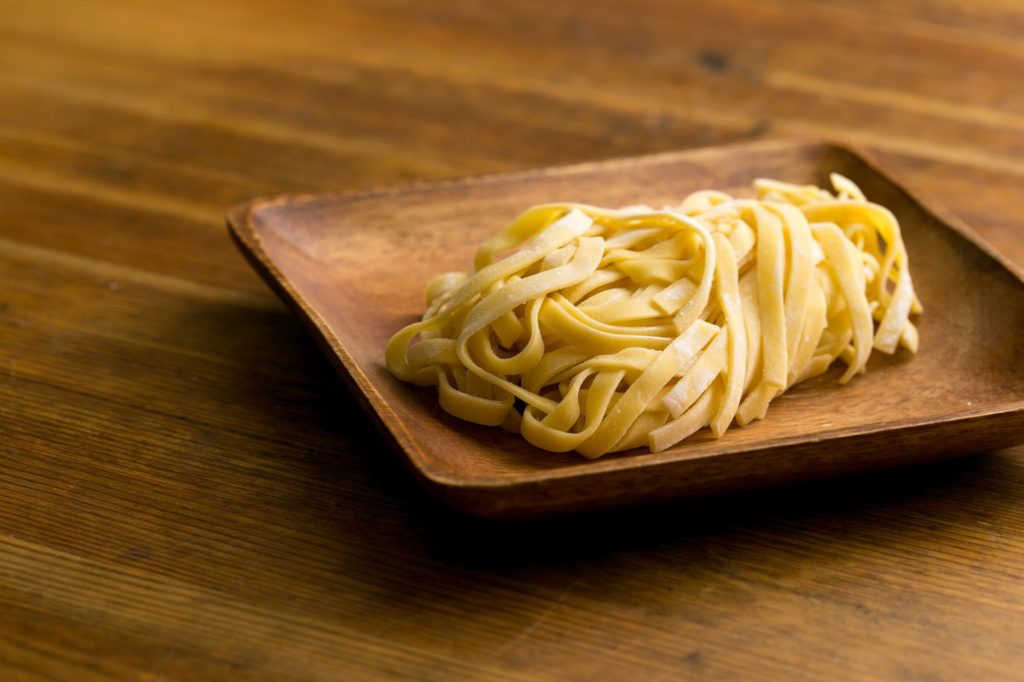
Nutritional values for 100 g Calories 350 kcal Protein 12 g Carbohydrates 71 g Fat 1.2 g
Potatoes – the golden yellow power tuber
The import hit from South America: This food has become an indispensable part of the menu of Germans and Austrians, and it doesn’t originally come from here. Potatoes have almost no fat and are very low in calories. In addition, they really fill you up and are therefore anything but fattening. They have a high proportion of water, so with a large volume they have very few calories. Whether classically cooked or as a baked potato, as potato wedges or puree – simply always a pleasure. Potatoes contain just as much vitamin C as apples and its juice is a home remedy for heartburn and stomach upsets.
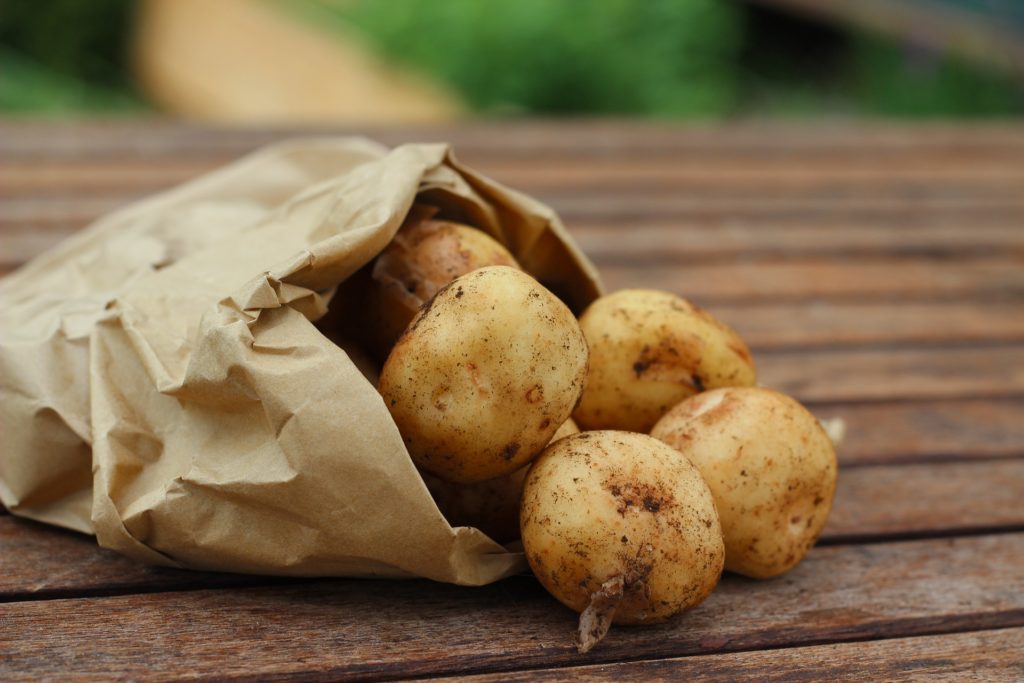
Nutritional values for 100 g Calories 71 kcal Protein 2 g Carbohydrates 14.6 g Fat 0.1 g
Sweet potatoes – the nutrient bomb
The sweet potato also originally comes from South America. The tuber is considered to be one of the healthiest and most nutritious vegetables . It can also be eaten raw, but you should always peel it. The natural product contains many vitamins (A, B5, B6, C, E, K) and minerals such as potassium, copper, zinc and manganese. I like to eat it like a baked potato with quark and herbs or with a good piece of beef as homemade fries. Compared to the normal potato, sweet potatoes are a bit more expensive, but they also contain more nutrients.
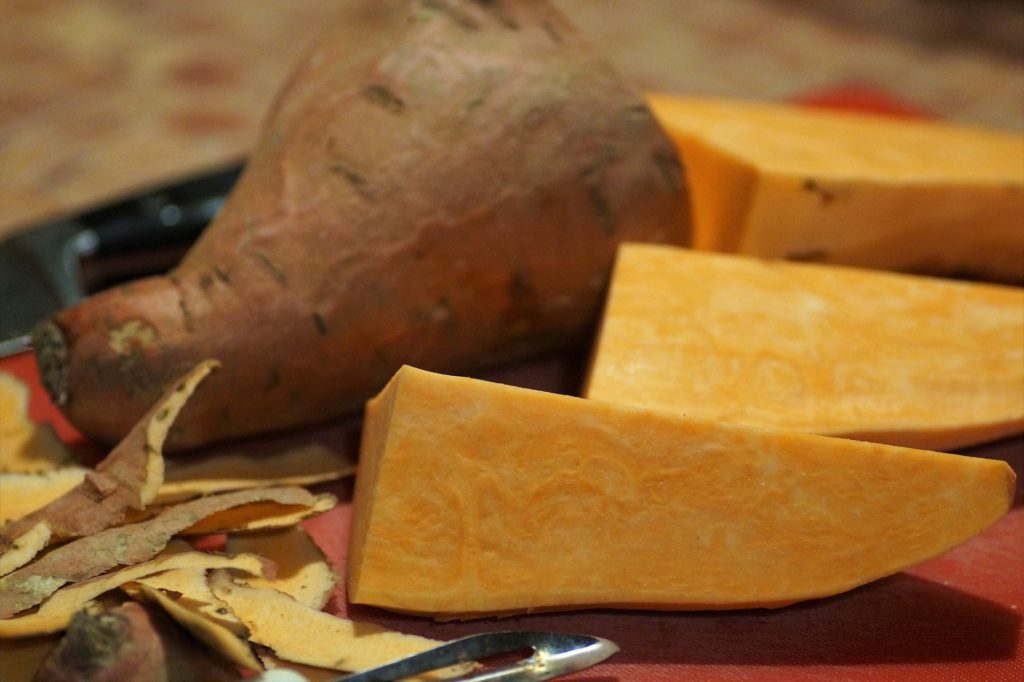
Nutritional values for 100 g Calories 86 kcal Protein 1 g Carbohydrates 20 g Fat 0.1 g
Bananas – Fresh, practical, good
Because of their own packaging, bananas are extremely practical and therefore suitable for on the go. They taste nice and sweet and fill you up at the same time. They also contain some protein and all nine essential amino acids. They are low in fat, high in fiber, and high in iron, magnesium and vitamins. I like to eat bananas as a snack, after exercising when I’m hungry, or in the morning with muesli for extra sweetness and long-lasting satiety.
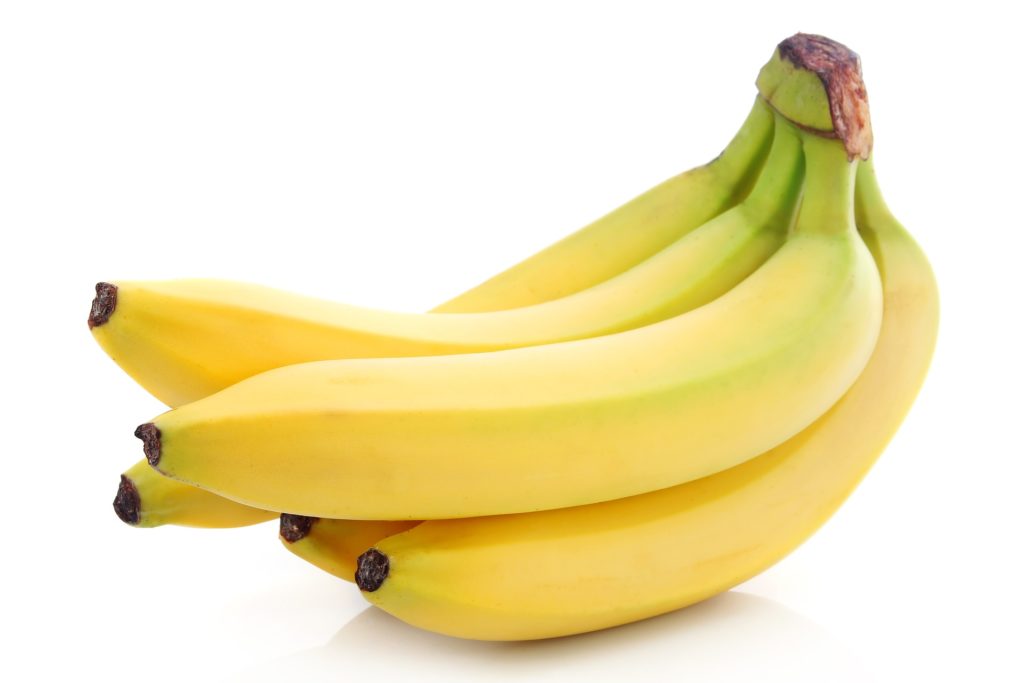
Nutritional values for 100 g Calories 93 kcal Protein 1 g Carbohydrates 20 g Fat 0.2 g
Oat flakes – the all-round talent
Everything you need in one product: In addition to very good, long-chain carbohydrates, oat flakes contain a large portion of amino acids (protein) and mostly unsaturated fatty acids, as well as vital substances such as zinc, magnesium, iron and phosphorus. Oatmeal is high in vitamins C, E, and some B vitamins. Due to the high fiber content and the protein and fat content , they fill you up well and for a long time, and they are lower in gluten than other types of grain. A large part of the dietary fiber is the so-called beta-glucans, which can lower the cholesterol level . Therefore: If you have oatmeal, please have plenty of it!
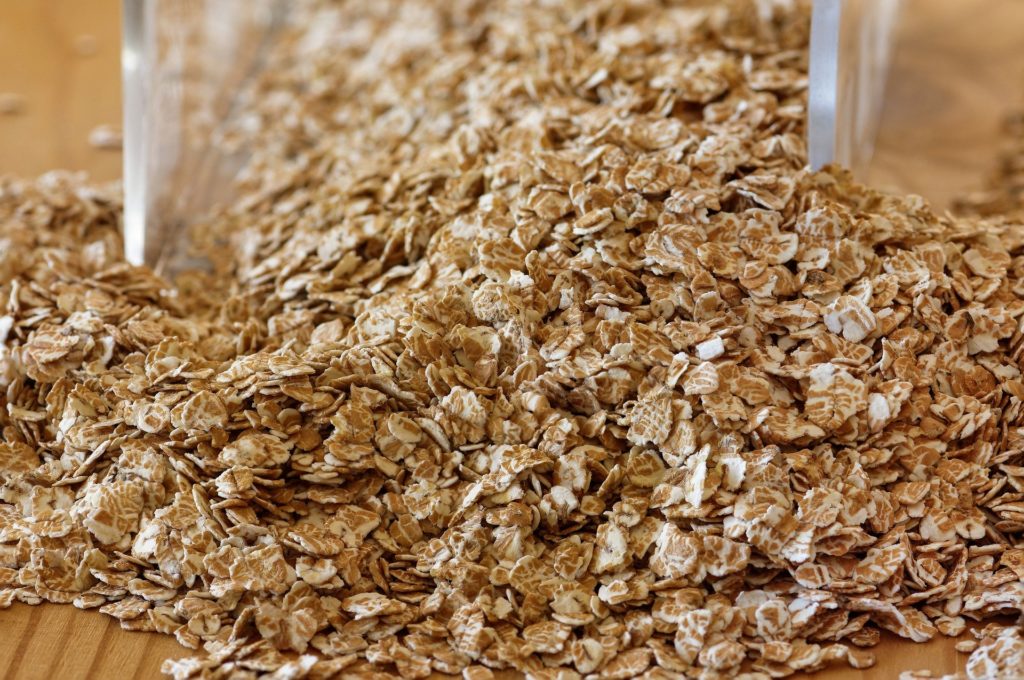
Nutritional values for 100 g Calories 372 kcal Protein 13.5 g Carbohydrates 58.7 g Fat 7 g
Carbohydrates are diverse and there are many other good sources, for example:
- Quinoa, millet, buckwheat (all gluten-free)
- Bread (wheat, rye, spelled etc.)
- Muesli (made from various cereal flakes, without additives)
- Legumes: white beans, chickpeas, lentils etc.
In general, when it comes to carbohydrates, it depends on the length. The shorter the carbohydrate chains, the easier it is for the body to process them and use them to generate energy. The longer they are, the longer the process takes to make them available for energy production – and the longer you have something from them.
This is also due to the fact that they get into the blood more slowly and the blood sugar level does not rise as much as is the case with short-chain ones. For this reason, most of the foods I’ve mentioned in this post contain long-chain carbohydrates for the most part.
